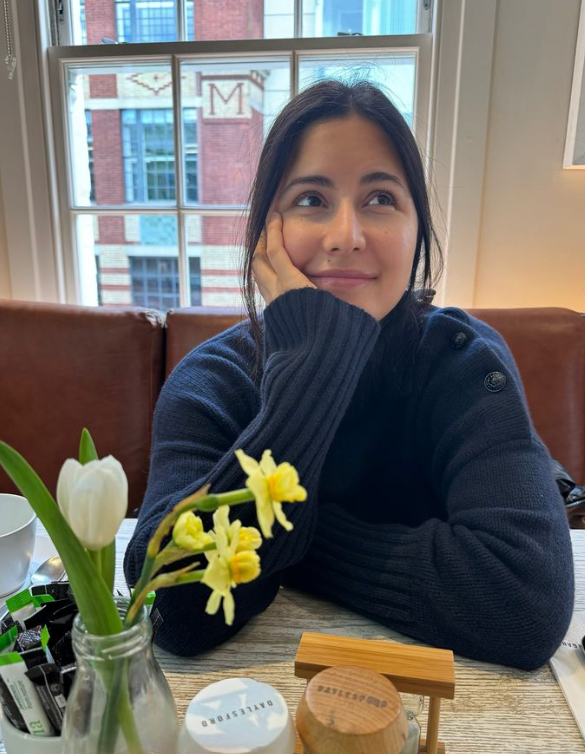The yearly Surajkund Mela showcases artisans from across India and beyond, emphasizing community collaboration and sustainable practices. Don’t miss out on the 37th edition running until Feb 18th!
February in the National Capital becomes a vibrant celebration of Indian arts and crafts. With events like the Surajkund Mela (Feb 2 – 18), Aadi Mahotsav (Feb 10 – 18), and the Vividhta Ka Amrit Mahotsav highlighting the diversity of northeastern states at Amrit Udyan, along with the annual Saras Mela, Delhi becomes a hub of cultural festivities as winter gives way to Basant Panchami.
Outside the venue of the Surajkund International Handicrafts Mela, a long line of cars amidst the cityscape reflects modern Indian aspirations and mobility as the 37th edition of the festival unfolds in Faridabad. Organized by the Surajkund Mela Authority, Haryana Tourism, and in collaboration with various Union ministries, this event exemplifies community partnership and promotes sustainable development goals.
Residents of Delhi NCR and tourists from across the country get to immerse themselves in this cultural extravaganza while artisans receive invaluable exposure to support their livelihoods.
Set against the picturesque backdrop of the Aravalli Hills, adorned with giant Kikar trees, the mela offers a mesmerizing atmosphere. Colorful lanterns, paper chimes, and vibrant decorations hang from the trees, creating a magical ambiance. Visitors are greeted by rural wall paintings, colorful murals, and an array of vendors selling everything from toys to street food.
This year, Gujarat takes the spotlight as the theme state, with the Northeastern Handicrafts and Handlooms Development Corporation serving as the official cultural partner.
The mela showcases a rich tapestry of crafts from across India, including Phulkari from Punjab, ethnic juttis from Delhi and Rajasthan, Kutchi shawls, Banarasi and Kanjeevaram silks, terracotta works, and much more. Cultural performances and folk dances add to the vibrant atmosphere, creating an immersive experience for visitors.
Food enthusiasts can indulge in a variety of indigenous cuisines from different regions, including dal bafla, chole bhature, momos, and idlis, offering a tantalizing journey through India’s culinary delights.
Rural entrepreneurship
At Surajkund Mela, artisans showcase not just their craftsmanship, but their entrepreneurial spirit and artistic talents. Take Mohd. Siddique, only 19 years old, proudly displaying his exquisite collection of kalamkari dupattas, sarees, and suits. Hailing from Pedana Machilipatnam, Andhra Pradesh, a region with a Geographical Indication (GI) tag for its art, Siddique has been participating in the mela since the age of nine. He highlights the endorsement of Bollywood celebrities for kalamkari art and shares that his family collectively engages in this work, recording daily sales of INR 30,000-40,000.
Similarly, veteran Madhubani artist Ambika Devi, aged 72, from Bihar, has been part of the Surajkund Mela for 20 years. Her stall showcases original Madhubani paintings, papier-mâché toys, crafts, and trays. Despite the traditionality of her art, she mentions the popularity of experimenting with new products while staying true to traditional Madhubani designs.
Pankaj Kumar Sahoo, a 53-year-old artisan from Odisha, exhibits contemporary silver filigree jewelry at the fair. Having won a national award for his work, he suggests the idea of a separate jewelry pavilion for better visibility and sales.
Adjacent to Sahoo’s stall are giant wooden paintings, known as Mysore Rosewood Inlay works. Kumar, 54, from Mysuru, specializes in this art form, depicting scenes from the life of Krishna. Despite the large size of his paintings, Kumar is confident in their appeal and notes that enthusiasts even travel to Mysuru to purchase them.
From West Bengal, Alok Kumar Jana, 52, weaves Madhurkathi grass mats. His SHG, named after his wife, produces a variety of mats and curtains. He emphasizes the potential of Madhurkathi grass to address sustainability concerns but stresses the need for sustained marketing efforts to popularize these mats.
Celebrating International Artistry: Cultural Exchange through Crafts
Showcasing its indigenous talents, Tanzania is the official partner nation of the Surajkund Mela this year. Wooden handicrafts, jute handicrafts, bead jewellery, wall hangings, traditional dresses, floral art and accessories, musical instruments, and handmade bags are some of the attractions at the international pavilion, where more than twenty countries have showcased their cultural specialties. This includes Armenia, Algeria, Afghanistan, Bangladesh, Belarus, Ghana, Thailand, Malawi, Uzbekistan, Cameroon, Eswatini, Nepal, Tunisia, Lebanon, Jordan, Syria, Kazakhstan, Tanzania, Congo, Botswana, Sri Lanka, Cabo Verde, Uganda, Madagascar, Togo, Seychelles and Zambia, among others.
Some of the exquisite works on display include bead jewellery from Malawi, floral hair accessories from Thailand, bird handicrafts from Ghana, coconut crafts from Sri Lanka, traditional dresses from Jordan, Onyx stone crafts from Afghanistan, pottery and ceramics from Uganda, lanterns and lights from Syria, embroidered handicrafts and souvenirs from Armenia and wall hangings and artisanal crafts from Tanzania.











